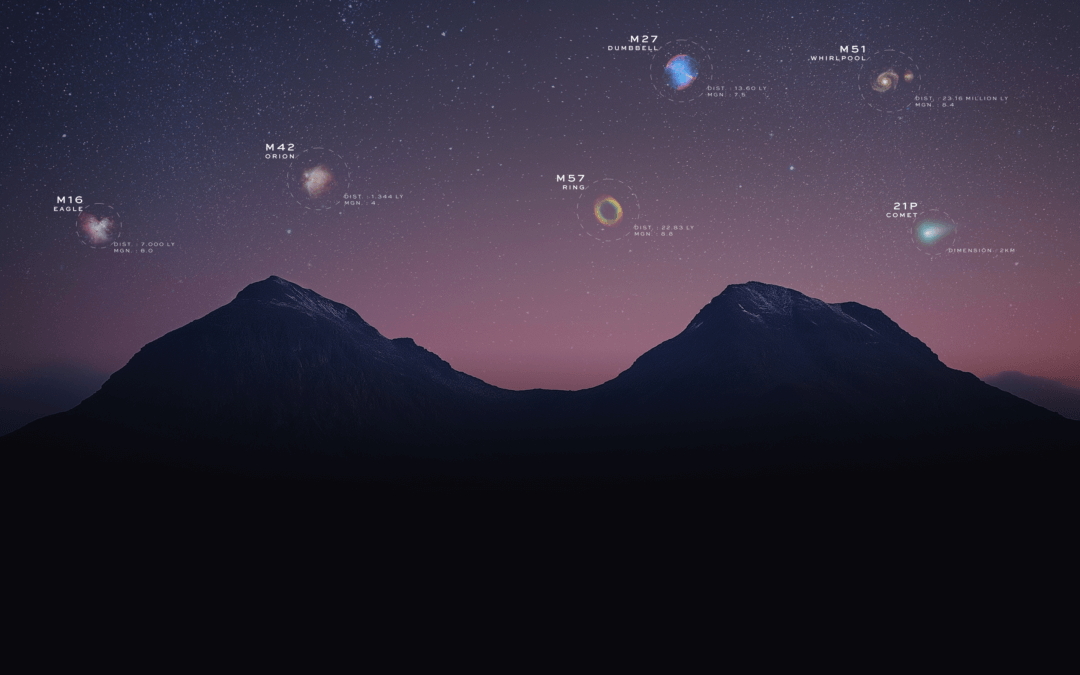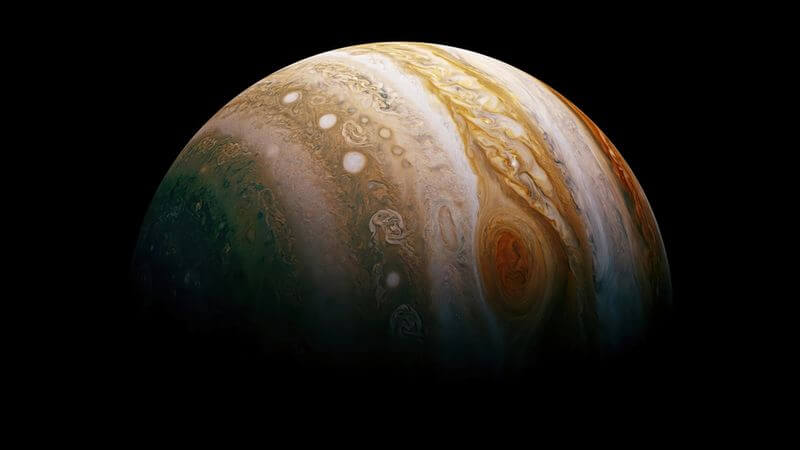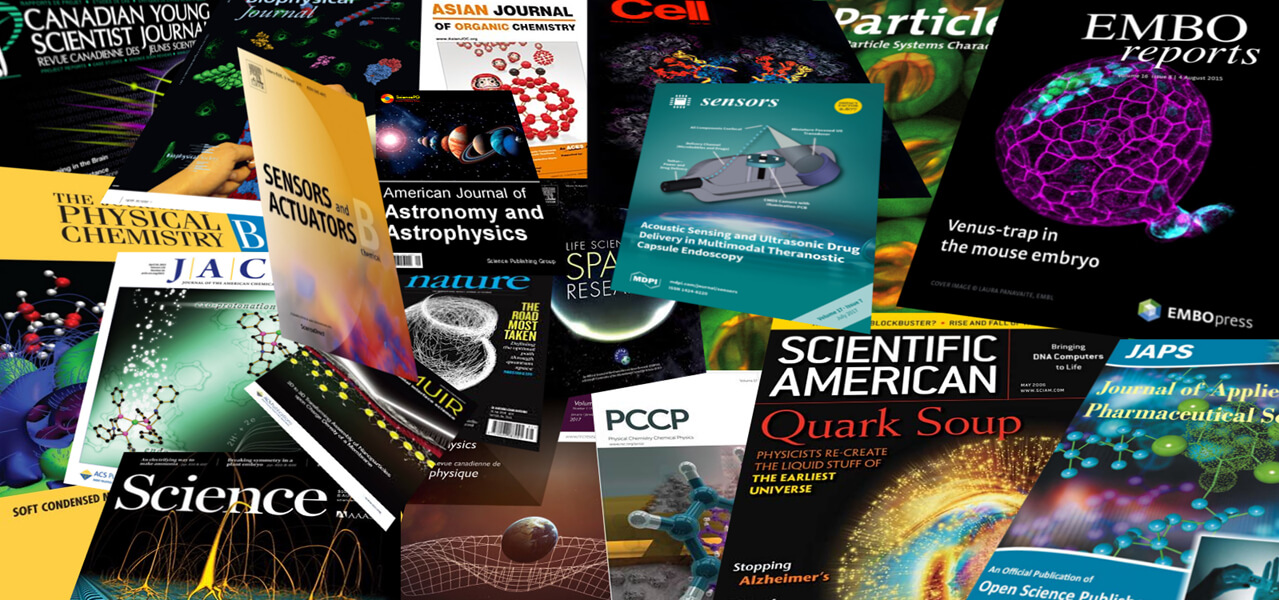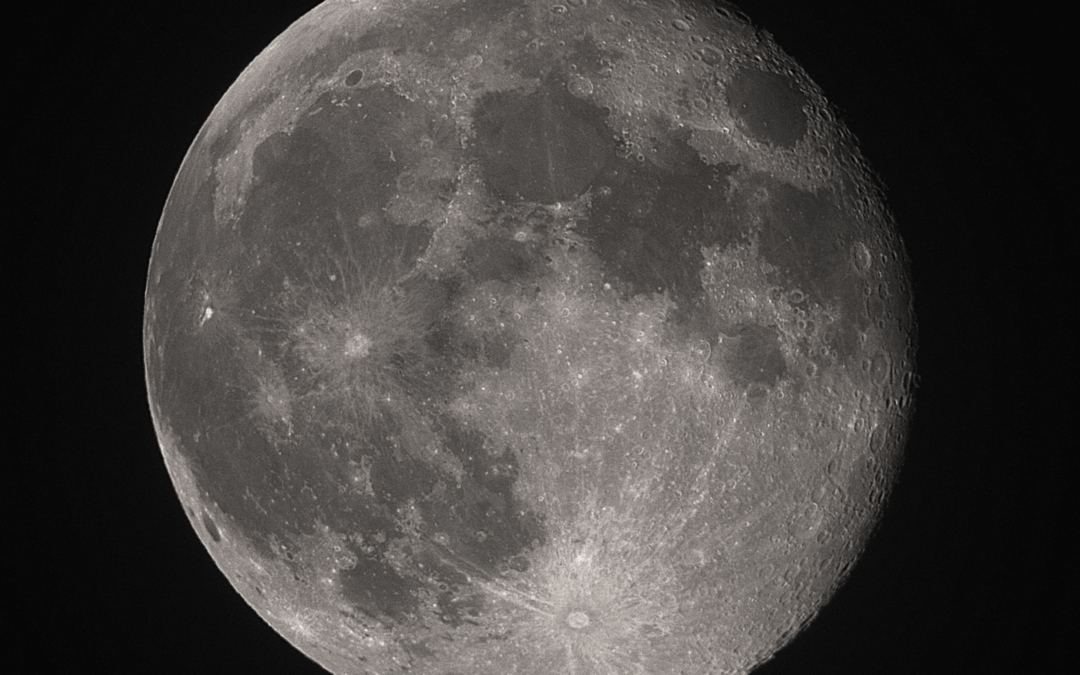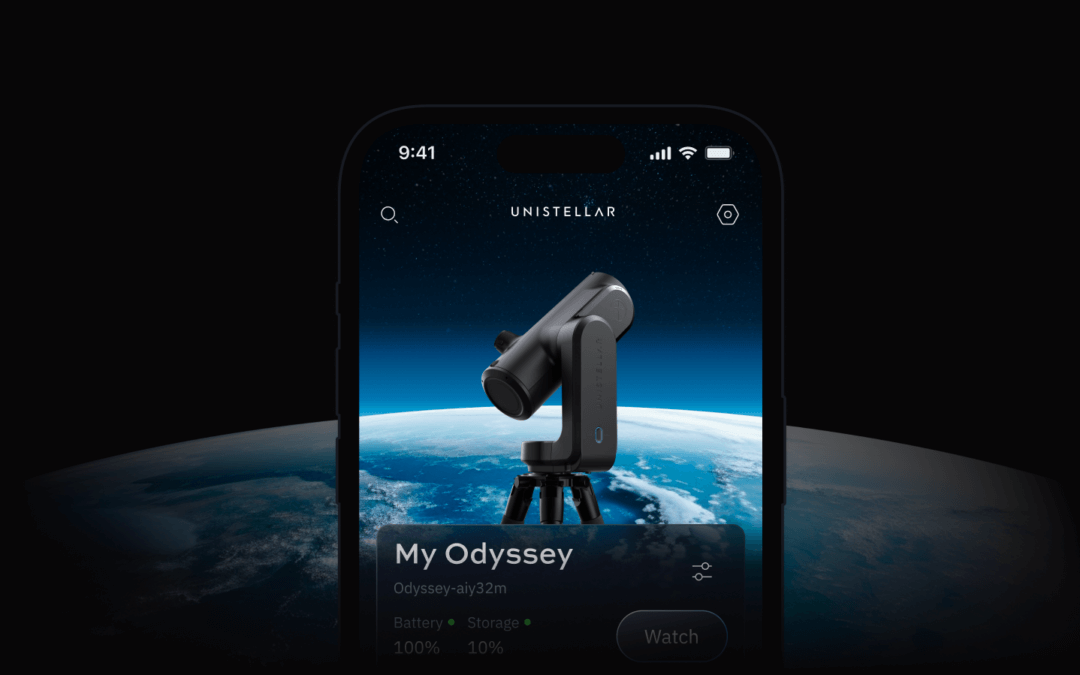Mars is red, the sky is blue, and you can see galaxies and nebulae too! With your Unistellar eVscope or eQuinox, that is! In honor of Valentine’s Day, we’d like to share with you the night-sky targets that we love the most this time of year. Luckily, the universe is full of celestial objects that astronomers have named after the shapes we associate with warm, fuzzy feelings. If beauty is in the eye of the beholder, we are sure that you too will adore these Valentine’s targets.
Mars
Speaking of Mars, this is a great time to observe the Red Planet from the Northern Hemisphere. It should be well above the horizon and easy to spot, due to its red glow that can be discerned with the naked eye. When trying to find Mars by eye, remember that planets don’t twinkle like stars do! When using your eVscope or eQuinox, simply use the app catalog to search for Mars, and your telescope will take you straight there.
After “landing” on Mars, all you have to do is click the Enhanced Vision button to see the Red Planet clear enough to spot the dark features on its surface!
The Flame Nebula
But Mars is not the only lovely object up right now. The Flame Nebula in Orion is visible to both hemispheres, and like the Great Orion Nebula, it is an emission nebula – meaning that forming or nearby stars excite the gas and dust of the nebula to make it glow. However, the Flame is unique in that it has dark clouds that sit between it and our line of sight. These dark features block the glow behind it, causing this particular nebula to appear as if a dark flame sits in front of it.
Although this firey shape can be hard to make out in a normal telescope, it is easily identifiable when activating Enhanced Vision for about 5 minutes.
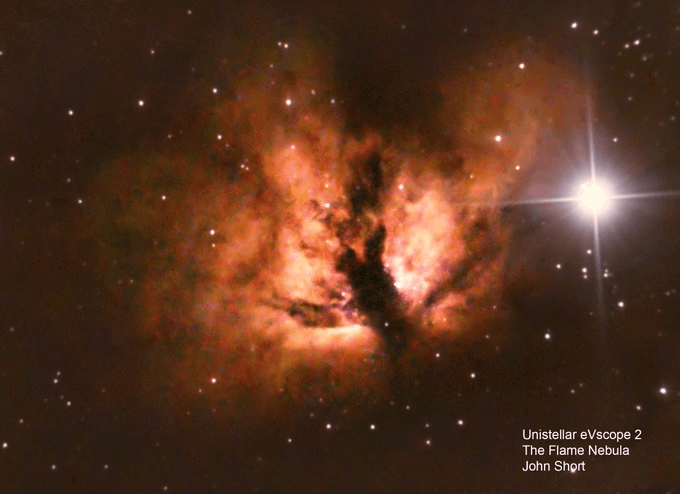
The Flame Nebula, next to Alnitak in Orion. Image taken by John Short with his eVscope 2.
The Rosette Nebula & Heart Shaped Cluster
The Rosette Nebula is also a treat to the eyes of both hemispheres. Situated over 5,000 light years away in the constellation Monoceros, it too is an emission nebula. This stellar nursery is illuminated by its offspring, many of which can be seen in the center of the Rosette as part of the cluster NGC 2244, which contains stars formed by the nebula’s gas and dust only a few million years ago. The Rosette Nebula is quite large, spanning a distance 6 times that of the Great Orion Nebula; it is so big that you won’t even be able to see all of it in one pointing of your telescope! The Heart Shaped Cluster, or Messier 50, is also in the constellation Monoceros and is a bit closer at around 3,000 light years away. This heart-shaped target is an open cluster, meaning it is quite young cosmically speaking with its stars loosely clustered.
Because it is so far away, we suggest observing the Rosette Nebula for several minutes to see its first intricacies appear. However, the Heart Shaped Cluster is visible to the naked eye in dark sites, but viewing it with your eVscope or eQuinox will quickly clarify over 100 stars.
The Heart & Soul Nebulae
In addition to stars, did you know the sky has a heart and soul? The Heart and Soul Nebula that is! These nebulae are close to one another as they both lie in the constellation of Cassiopeia, which is visible now in the Northern Hemisphere. The Heart nebula is so named because of its resemblance to our vital organ, and even though we don’t know what a soul looks like, perhaps astronomers figured it would be close to the heart.
The Soul nebula is quite bright, but the Heart is much fainter, so we recommend an Enhanced Vision time of a few minutes for the Soul and ~10 minutes for the Heart.
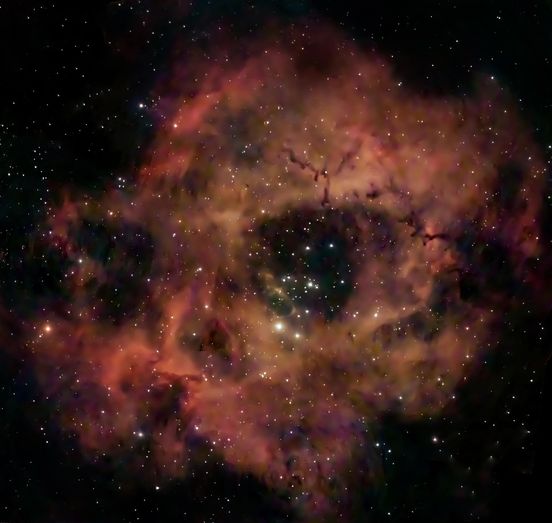
A composite image of the Rosette Nebula, imaged and processed by Didier Cowen using their eVscope.
The Antennae Galaxy
Our final beau represents two galaxies entangled in a celestial dance: the Antennae galaxy in the constellation of Corvus, easily visible in the Southern Hemisphere. The Antennae galaxy is a result of two spiral galaxies colliding, interacting, and causing lots of star formation. (You can think of it as a preview for our own Milky Way in about 5 billion years, when we collide with the Andromeda galaxy!) These dancing spirals are stunning but a distant 45 million light years away; therefore, it is best to observe for at least 10 minutes to catch the detail of the Antennae galaxy. With a longer observation, you may even be able to see the antenna-like trails of material, extending from the leftover arms of each galaxy, that were ejected during the initial galactic clash.
There is plenty more to love up in the sky this time of year: if you can’t get enough, you may want to try out the Kissing Crescent Nebula in the Northern Hemisphere, or maybe the Jewel Box Cluster or Veil Nebula in the Southern. As always, feel free to tag us on social if you capture any glances of these, or other, captivating objects!
Further readings
3 Reasons to observe this month
Every month, discover three unmissable celestial events to observe with your Unistellar telescope.
Observing Eclipses on Jupiter: Cosmic Spectacles Through a Telescope
The latest Unistellar App Update, version V3.0, is now live. Explore a smooth stargazing experience !
Unistellar Community Included In Multiple Scientific Papers
Did you know Unistellar Citizen Astronomers are often cited in published scientific papers? Find out how you can contribute too!
What Are the Names of All the Full Moons in 2024?
Discover the enchanting names of the full moons in 2024. Delve into the unique character of each lunar spectacle and embrace the allure of the night sky.
New Unistellar App Update: Version 3.0
The latest Unistellar App Update, version V3.0, is now live. Explore a smooth stargazing experience !
What to Observe This November: Open Star Clusters and More
These Halloween deep-sky objects will add some light to those dark, spooky nights. Treats, tricks, and telescopes await!

